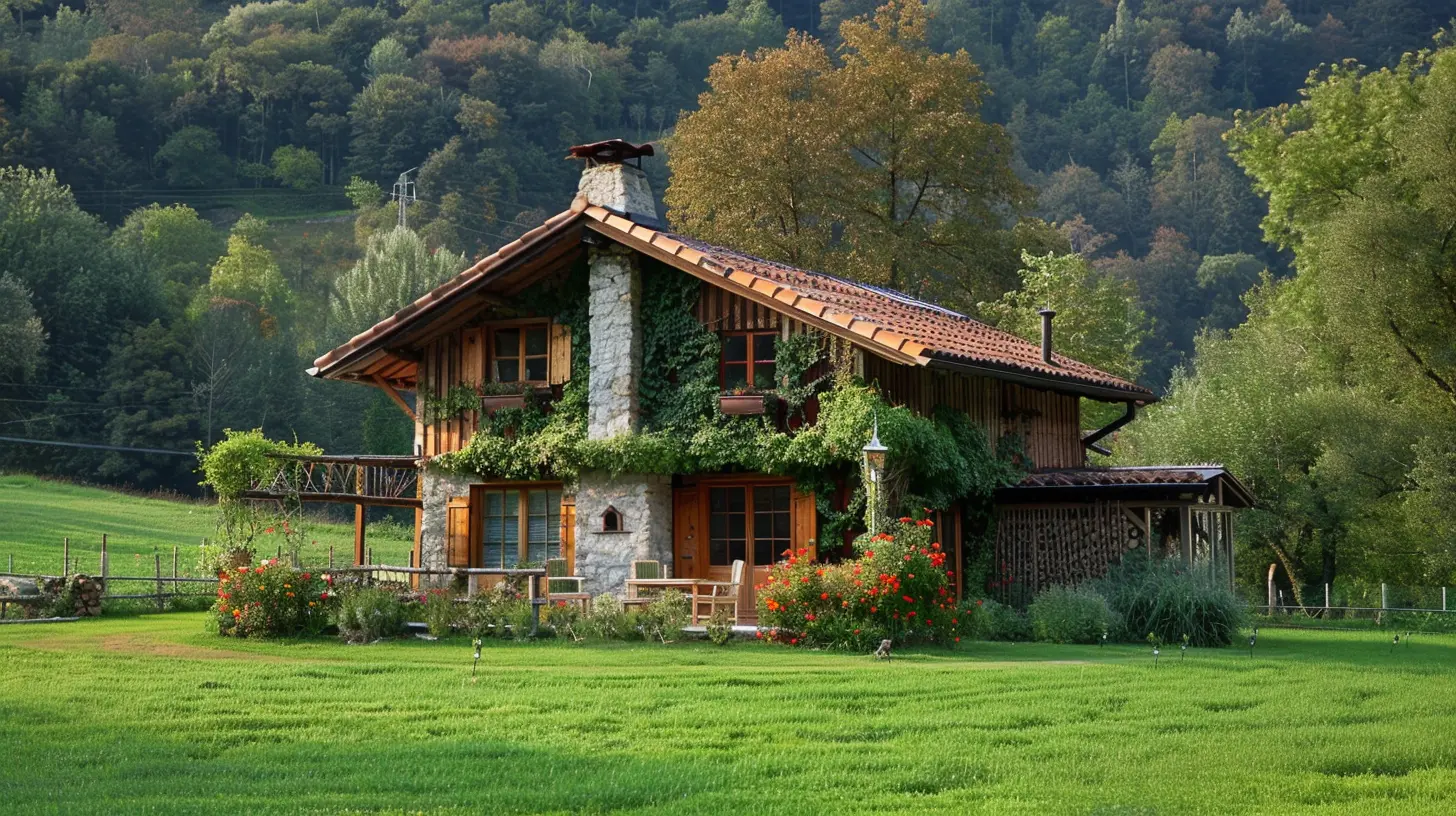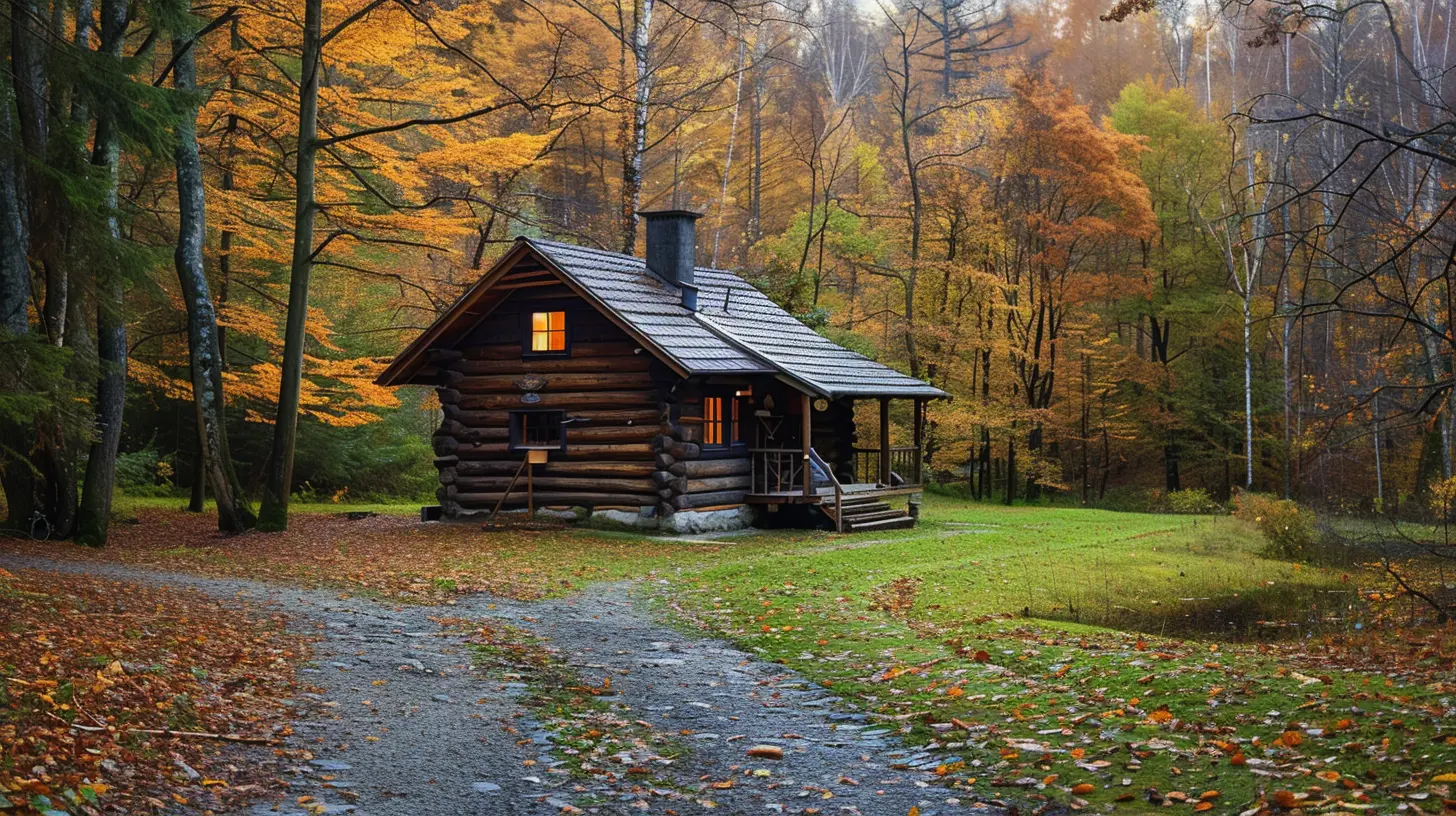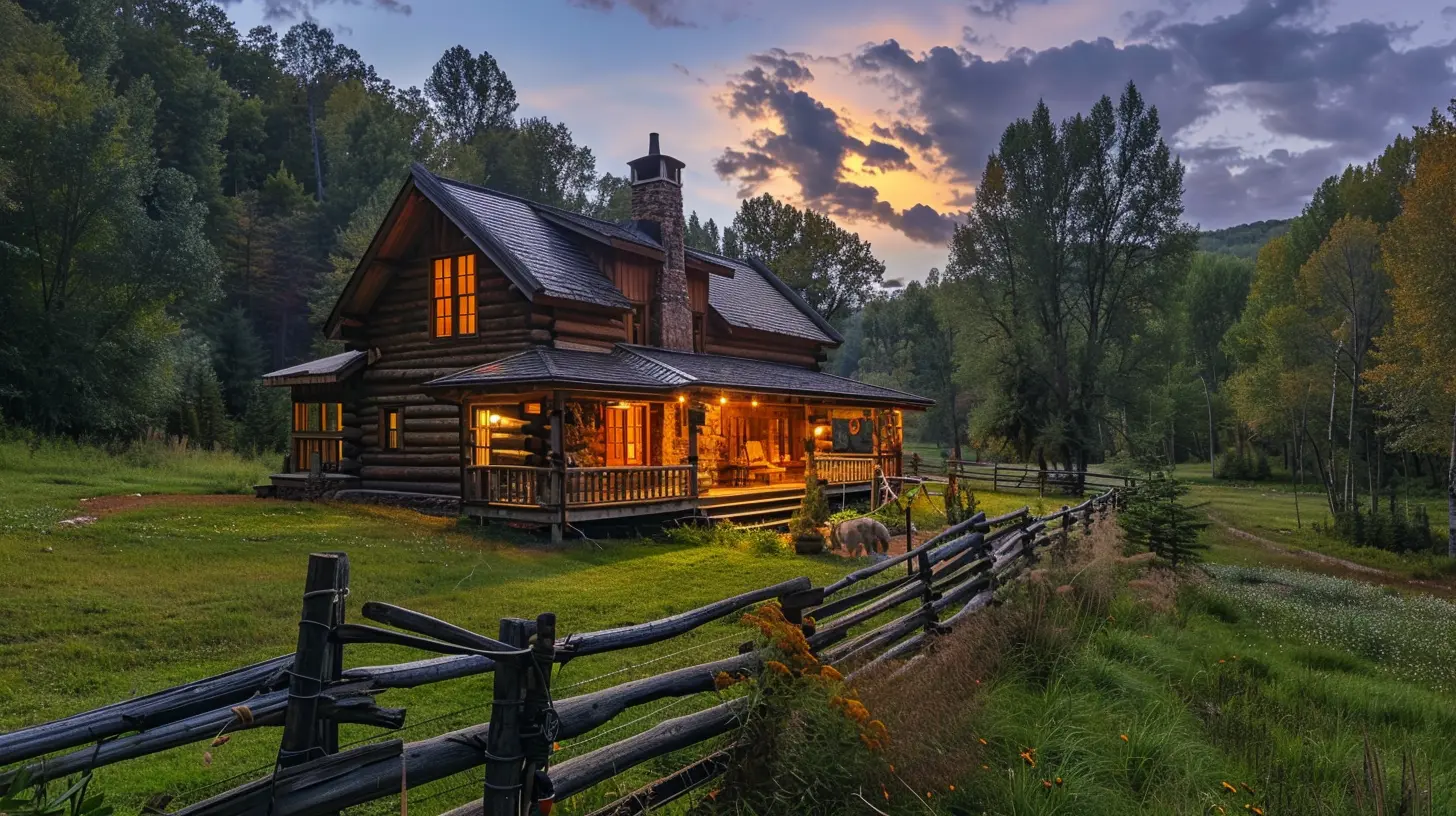Homesteading 101: How to Start Your Own Rural Sanctuary
19 November 2025
So, you're tired of the rat race, huh? Ready to swap rush hour traffic for rooster wake-up calls? If the idea of living off the land, growing your own food, and enjoying the peace of rural life makes your heart sing, then homesteading might be your dream come true. Buckle up, buttercup—this guide is about to break down everything you need to know about starting your own rural oasis. 
What Is Homesteading, Anyway?
Let’s get one thing straight—homesteading isn’t just about moving to the countryside and calling yourself self-sufficient. Nope. It’s a lifestyle choice that embraces sustainability, self-reliance, and a deep connection with nature.Homesteaders typically:
✅ Grow their own food
✅ Raise livestock
✅ Preserve what they harvest
✅ Reduce dependence on commercial products
✅ Create a simpler, more intentional life
Sounds idyllic, right? But before you throw yourself into the wild with nothing but a dream and some gardening gloves, let’s go over the essential steps to ensure your homesteading journey is a success. 
Step 1: Pick the Right Land
Location, Location, Location!
Not all land is created equal, my friend. The perfect piece of property depends on your goals. Wanna raise livestock? You’ll need pasture space. Dreaming of a flourishing vegetable garden? You better have good soil and access to water.Things to Consider When Buying Land:
- Climate & Weather: Can you handle the summers? The winters? The tornadoes?- Water Sources: A well, a stream, or a reliable municipal supply is a must.
- Soil Quality: If you want food, you need good dirt. Get a soil test before you buy!
- Zoning Laws: Some areas have restrictions on farming, livestock, or even building structures.
Get these right, and you’re setting yourself up for success. Ignore them, and you’ll be knee-deep in regrets (and possibly mud). 
Step 2: Secure Sustainable Water & Energy Sources
Water is life—especially on a homestead. Without it, your plants die, your animals suffer, and you’re left drinking store-bought water like a city dweller (yikes).Water Collection Options:
- A Well: Expensive upfront, but worth it in the long run.- Rainwater Harvesting: Store runoff in barrels and cisterns.
- A Pond or Stream: Free-flowing water can be a game-changer.
And what about power? While the grid can be an option, true homesteaders often lean toward renewable energy sources.
Off-Grid Energy Solutions:
- Solar Panels: Ideal for sunny areas, though costly upfront.- Wind Power: Great if you're in a breezy region.
- Hydropower: If you’ve got moving water nearby, this could be your golden ticket.
Trust me, the last thing you want is to be in the middle of nowhere with no water or power. Plan wisely! 
Step 3: Start Growing Your Own Food
You don’t become a homesteader just to rely on Walmart for your groceries. Growing your own food is the backbone of your rural sanctuary.Start with a Garden
Begin with easy-to-grow crops like:🥕 Carrots
🥬 Kale
🍅 Tomatoes
🧄 Garlic
These bad boys thrive with minimal effort and give you a solid start. Once you’re comfortable, you can branch into more complex crops like fruit trees, herbs, and even grains.
Step 4: Raise Animals Like a Pro
What’s a homestead without some clucking chickens or a few mischievous goats? Animals not only provide food but also contribute to the ecosystem of your farm.Best Starter Livestock:
🐔 Chickens – Low-maintenance, great for eggs and meat.🐐 Goats – Produce milk, eat weeds, and are basically hilarious.
🐖 Pigs – Excellent for meat and surprisingly smart.
🐄 Cows – A bigger commitment but worth it for milk and beef.
Remember, animals require food, shelter, and care. Don’t bite off more than you can chew—start small and build up.
Step 5: Learn the Art of Food Preservation
You worked hard growing all that food—don’t let it go to waste! Homesteaders must be pros at canning, dehydrating, fermenting, and freezing their harvests.Popular Preservation Methods:
- Canning: Perfect for sauces, jams, and pickles.- Dehydrating: Great for fruits, veggies, and herbs.
- Fermenting: Adds nutrients and extends shelf life.
- Freezing: Easy and convenient but requires energy.
Stocking up on preserved food means you won’t be dependent on grocery stores when the snow piles up or supplies run low.
Step 6: Build Essential Homestead Skills
Homesteading isn’t just about having the right land or growing the right crops—it’s a full-blown skillset that takes time to develop.Must-Learn Homesteading Skills:
🛠 Basic carpentry (You WILL need to build things.)🔥 Fire-starting & wood chopping (Hello, winter warmth!)
🔧 Basic mechanical skills (Because things WILL break.)
🐄 Animal husbandry (Healthy animals = a healthy homestead.)
🧵 Sewing & mending (Patch it up, don’t throw it away!)
The better you get at these skills, the less you’ll need to rely on outside help. And let’s be real—there’s nothing more satisfying than fixing your own stuff.
Step 7: Join the Homesteading Community
Listen, homesteading can be tough. There will be challenges, unexpected failures, and more than a few tears (possibly while knee-deep in manure). Having a support system makes all the difference.Ways to Connect with Other Homesteaders:
- Join local farming and homesteading groups.- Follow experienced homesteaders on social media and YouTube.
- Attend workshops on gardening, beekeeping, and food preservation.
You don’t have to do this alone—there’s a whole community of homesteaders ready to share their wisdom (and maybe some extra seedlings).
Final Thoughts: Just Start Already!
Look, no one ever became a homesteader by just reading about it. If you’re serious about creating your own rural sanctuary, the best thing you can do is take the first step.✅ Start small.
✅ Learn as you go.
✅ Be prepared for setbacks.
✅ Celebrate the little victories.
Homesteading is more than just a lifestyle—it’s a mindset. It’s about embracing nature, getting your hands dirty, and living life on your own terms. And honestly, isn’t that the dream?
Now go grab that shovel, future homesteader—you’ve got work to do!
all images in this post were generated using AI tools
Category:
Rural PropertiesAuthor:

Vincent Clayton

